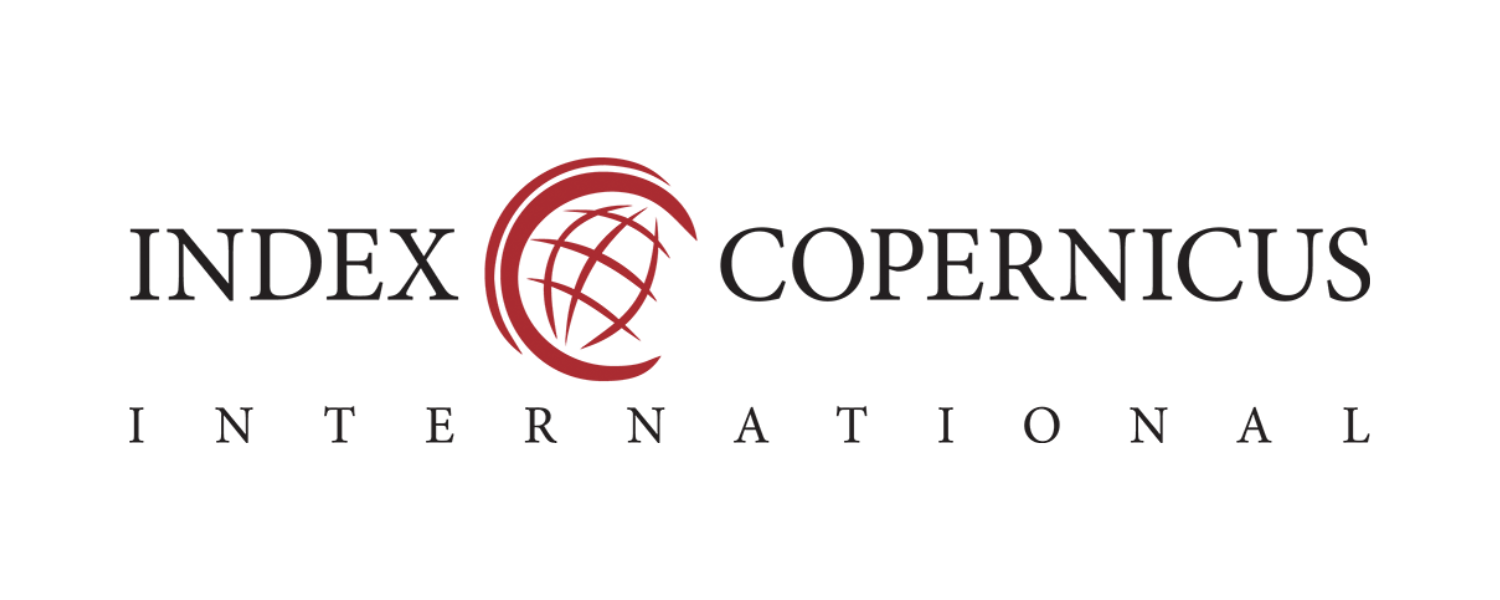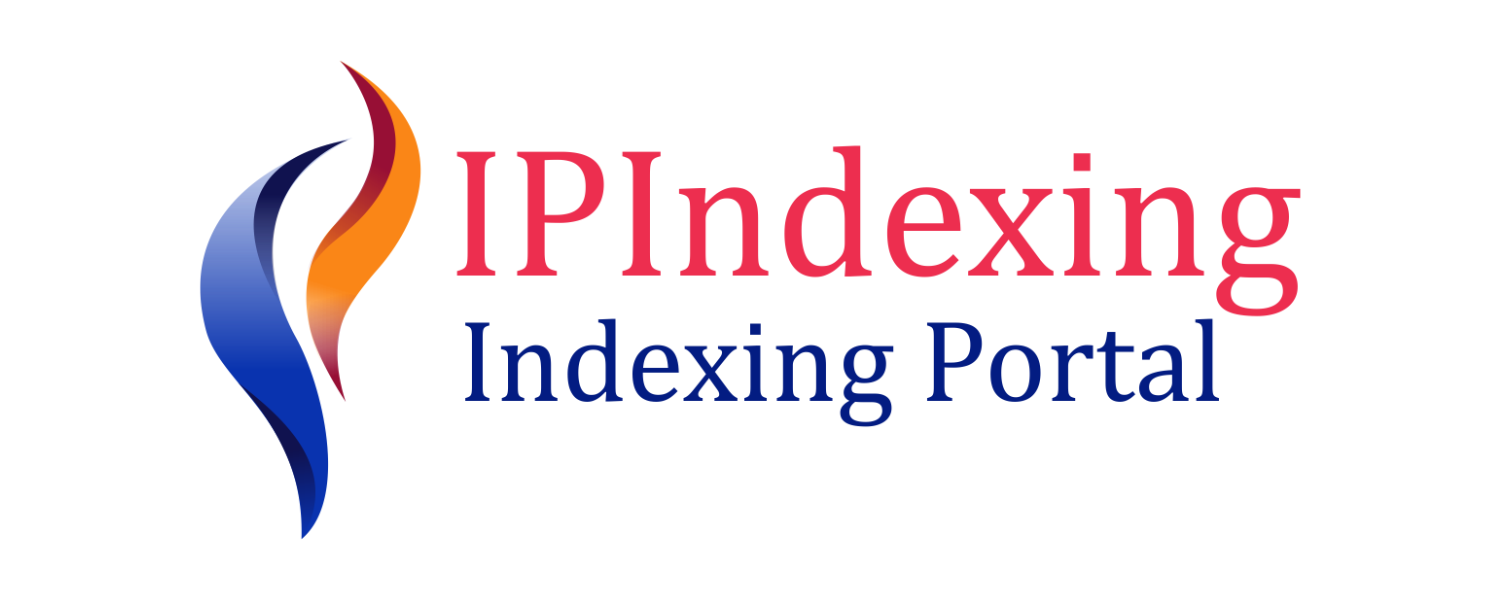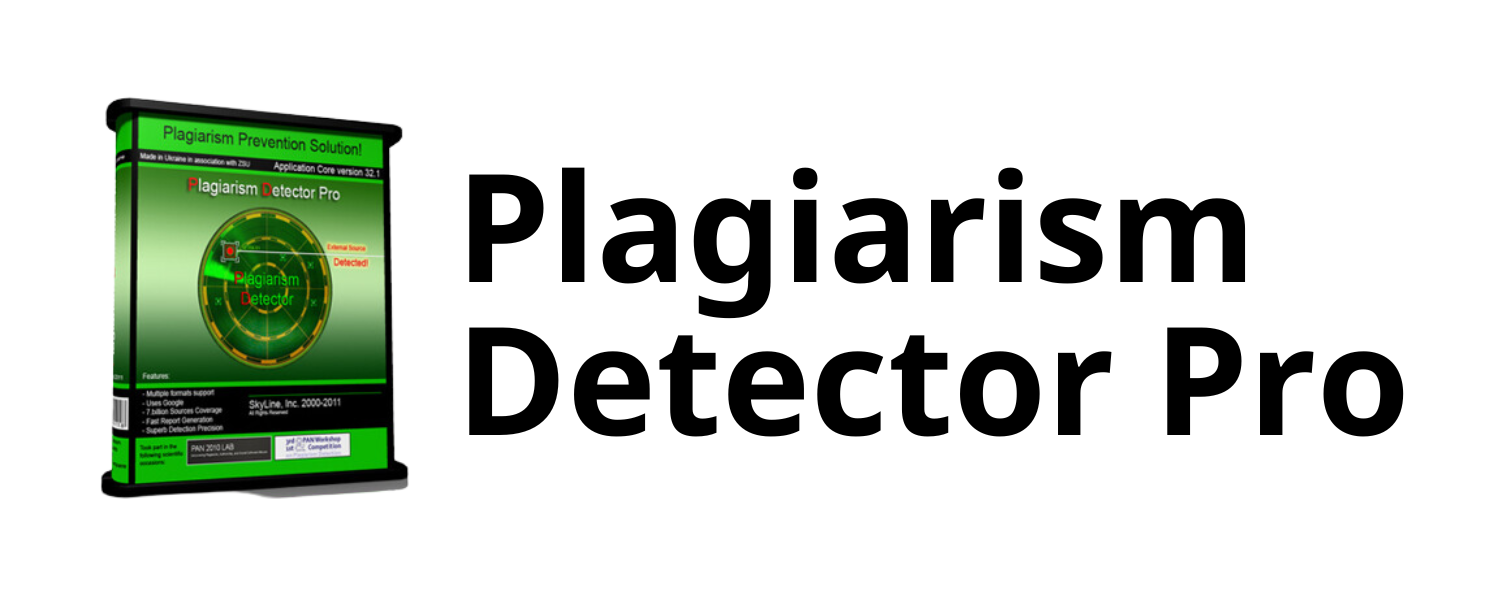Examining the Relationship between Technological Infrastructure and the Quality of Online Education Programs
DOI:
https://doi.org/10.58812/wsis.v1i2.90Keywords:
Technological Infrastructure, Quality of Online Education, CollageAbstract
This research paper investigates the relationship between technological infrastructure and the quality of online higher education programs in Sukabumi, Indonesia. The study utilizes a mixed-methods research design, incorporating quantitative surveys and qualitative interviews to gather comprehensive data. The population of interest includes students, instructors, administrators, and policymakers involved in online education. The findings from the surveys reveal the current state of technological infrastructure and participants' perceptions of program quality. The qualitative analysis of interviews uncovers themes related to the impact of technological infrastructure on instructional design, student-teacher interaction, resource access, assessment methods, and administrative processes. The results and analysis provide valuable insights into the strengths, weaknesses, challenges, and opportunities concerning technological infrastructure in Sukabumi's online higher education sector.
References
S. Mokodenseho, R. Mokodenseho, M. Idris, M. F. Mamonto, and R. Awumbas, “LIBRARY MANAGERS’STRATEGY IN INCREASING STUDENTS’READING INTEREST AT MIN 1 MANADO,” J. Islam. Educ. Policy, vol. 8, no. 1, 2023.
M. Idris, E. Willya, I. Wekke, and S. Mokodenseho, “Peace resolution in education and application on information and communication technologhy,” Int. J. Adv. Sci. Technol., vol. 29, no. 6, 2021.
S. Naim and S. Mokodenseho, “Implementation of the Virtual Learning Models during the Covid-19 Pandemic: Students’ Perspectives and Its Lessons,” J. Kependidikan J. Has. Penelit. dan Kaji. Kepustakaan di Bid. Pendidikan, Pengajaran dan Pembelajaran, vol. 8, no. 3, p. 617, 2022, doi: 10.33394/jk.v8i3.5570.
M. Idris and S. Mokodenseho, “Model Pendidikan Islam Progresif,” J-PAI J. Pendidik. Agama Islam, vol. 7, no. 2, pp. 72–86, 2021, doi: 10.18860/jpai.v7i2.11682.
J. C. Ortagus and R. T. Derreth, “‘Like Having a Tiger by the Tail’: A Qualitative Analysis of the Provision of Online Education in Higher Education,” Teach. Coll. Rec., vol. 122, no. 2, pp. 1–32, Feb. 2020, doi: 10.1177/016146812012200207.
W. Windayanti, M. Afnanda, R. Agustina, E. B. S. Kase, M. Safar, and S. Mokodenseho, “Problematika Guru Dalam Menerapkan Kurikulum Merdeka,” J. Educ., vol. 6, no. 1, pp. 2056–2063, 2023.
M. Rehm, B. N. Allison, A. Bencomo, and R. V. Godfrey, “Online Education in Family and Consumer Sciences University Programs and Four Models for Teaching Online,” Fam. Consum. Sci. Res. J., vol. 41, no. 3, pp. 235–253, 2013, doi: 10.1111/fcsr.12011.
F. F. Hanum, “Character Education in Online Learning on Citizenship Education (College Student’s Perspective),” vol. 524, no. Icce 2020, pp. 89–93, 2021, doi: 10.2991/assehr.k.210204.013.
H. Asgari, R. Gupta, I. Titiloye, and X. Jin, “Challenges, perceptions, and future preferences for post-secondary online education given experiences in the COVID-19 outbreak,” Comput. Urban Sci., vol. 2, no. 1, p. 29, 2022, doi: 10.1007/s43762-022-00058-7.
J. H. Im et al., “Is it feasible and effective to provide faculty development programs online for clinical teachers?,” Korean J. Med. Educ., vol. 33, no. 2, pp. 139–145, Jun. 2021, doi: 10.3946/kjme.2021.195.
S. Mayfield-Johnson, R. S. Mohn, A. K. Mitra, R. Young, and E. M. McCullers, “Attitudes on Barriers and Benefits of Distance Education among Mississippi Delta Allied Health Community College Faculty, Staff, and Students,” Community Coll. J. Res. Pract., vol. 38, no. 6, pp. 551–563, Jun. 2014, doi: 10.1080/10668926.2011.567155.
H. Batool, A. Mumtaz, and S. Ali, “Positive Trend Shifting to Online Assessments : A Review of Using Socrative in Medical College , Its Advantages and Challenges Faced,” J. Med. Educ., vol. 17, no. 3, pp. 160–167, 2018.
D. S. Maiti, A. Sharma, and P. Pandey, “Online Learning and Quality of Higher Education: A Comparative Analysis from Chhattisgarh,” Sch. J. Arts, Humanit. Soc. Sci., vol. 10, no. 5, pp. 190–196, 2022, doi: 10.36347/sjahss.2022.v10i05.004.
T. L. Jackson, “The Relationship between Student Perceptions of Satisfaction of Social, Teaching, and Cognitive Presence with Asynchronous Communication Tools for Online Learning in a Region V Community College,” ProQuest Diss. Theses, p. 228, 2014, [Online]. Available: https://www.proquest.com/dissertations-theses/relationship-between-student-perceptions/docview/2345864463/se-2?accountid=13155
Hannah R. Horton, “The Consideration of Students’ Ideas to Improve Online Courses in Higher Education,” pp. 1–22, 2019.
S. Naim and S. Mokodenseho, “Implementation of the Virtual Learning Models during the Covid-19 Pandemic: Students’ Perspectives and Its Lessons,” J. Kependidikan J. Has. Penelit. Dan Kaji. Kepustakaan Di Bid. Pendidikan, Pengajaran Dan Pembelajaran, vol. 8, no. 3, pp. 617–628, 2022.
A. Inglis, “Assessing the need for a quality framework designed specifically for managing the provision of online distance education in developing countries,” 2010, [Online]. Available: https://www.semanticscholar.org/paper/5b4c963ee8c997d2a41f0329bb0aeff621950184
D. P. Sari, Suryati, D. Rimbano, Houtman, and Jumroh, “Online Learning Experience During Covid-19 Pandemic: Higher Education Students Satisfaction and Expectation,” J. High. Educ. Theory Pract., vol. 22, no. 11, pp. 187–202, 2022, doi: 10.33423/jhetp.v22i11.5423.
A. Routabi and B. Bennani, “The Impact of the Pedagogical Integration of NICTs on Student Satisfaction During COVID-19: The Case of University Hassan II of Casablanca, Morocco,” 2022, pp. 218–236. doi: 10.4018/978-1-7998-9297-7.ch013.
Z. Hosseini, K. Hytönen, and J. Kinnunen, “Improving Online Content Quality Through Technological Pedagogical Content Design (TPCD),” pp. 284–296, 2022, doi: 10.15405/epes.22043.25.
A. Dhyani, R. C. Pandey, S. Lal, and A. Dhyani, “Technology Driven Studies in Higher Education: A Hands-on Study on Students’ Perspective towards Online Studies amid COVID-19 Outbreak,” AIP Conf. Proc., vol. 2481, 2022, doi: 10.1063/5.0103758.
P. Egielewa, P. O. Idogho, F. O. Iyalomhe, and G. T. Cirella, “COVID-19 and digitized education: Analysis of online learning in Nigerian higher education,” E-Learning Digit. Media, vol. 19, no. 1, pp. 19–35, 2022, doi: 10.1177/20427530211022808.
C. Kustandi, D. N. Fadhillah, R. Situmorang, D. S. Prawiradilaga, and S. Hartati, “VR use in online learning for higher education in Indonesia,” Int. J. Interact. Mob. Technol., vol. 14, no. 1, pp. 31–47, 2020, doi: 10.3991/ijim.v14i01.11337.
D. Hidayati and W. A. Saputra, “Implementation of online learning during the covid-19 epidemic in Indonesia: Assessment of higher education students’ use and implementation of online learning technology,” Univers. J. Educ. Res., vol. 8, no. 10, pp. 4514–4519, 2020, doi: 10.13189/ujer.2020.081019.
I. Maryani, Z. K. Prasetyo, I. Wilujeng, and S. Purwanti, “Promoting higher-order thinking skills during online learning: The integration of metacognition in science for higher education,” Int. J. Eval. Res. Educ., vol. 11, no. 4, pp. 1980–1988, 2022, doi: 10.11591/ijere.v11i4.23129.
S. Weda, H. Atmowardoyo, A. R. Pasenrigading, and A. E. F. Sakti, “Anxiety and Associated Factors with Online Learning in the COVID-19 Pandemic among the EFL Students at Higher Institution in Indonesia,” Int. J. Sci. Manag. Res., vol. 05, no. 02, pp. 223–235, 2022, doi: 10.37502/ijsmr.2022.5215.
M. Ramaditya, S. Effendi, and A. Burda, “Survival and human resource strategies of private higher education in facing an era of change: Insight from Indonesia,” Front. Educ., vol. 8, no. March, pp. 1–11, 2023, doi: 10.3389/feduc.2023.1141123.
L. Duesbery, S. Frizelle, T. Twyman, J. Naranjo, and K. Timmermans, “Developing and designing open border teacher education programs: Case studies in online higher education,” J. Educ. Online, vol. 16, no. 1, 2019, doi: 10.9743/jeo.2019.16.1.2.
J. Trespalacios, C. Snelson, P. R. Lowenthal, L. Uribe-Flórez, and R. Perkins, “Community and connectedness in online higher education: a scoping review of the literature,” Distance Educ., vol. 42, no. 1, pp. 5–21, Jan. 2021, doi: 10.1080/01587919.2020.1869524.
L. T. Stickney, R. F. Bento, A. Aggarwal, and V. Adlakha, “Online Higher Education: Faculty Satisfaction and Its Antecedents,” J. Manag. Educ., vol. 43, no. 5, pp. 509–542, May 2019, doi: 10.1177/1052562919845022.
J. Majernik and L. Urbanska, “Integration of e-Assessment Management System into Information and Communication Technology Infrastructure in University Education,” Proc. Int. Conf. Inf. Digit. Technol. 2019, IDT 2019, no. December, pp. 322–325, 2019, doi: 10.1109/DT.2019.8813426.
S. Agrawal, R. Biswas, and A. Nath, “Virtual desktop infrastructure in higher education institution: Energy efficiency as an application of green computing,” Proc. - 2014 4th Int. Conf. Commun. Syst. Netw. Technol. CSNT 2014, no. April, pp. 601–605, 2014, doi: 10.1109/CSNT.2014.250.
S. Gultom, “ANALYSIS OF THE EFFECT OF LEADERSHIP COMMITMENT ON THE RELATIONSHIP BETWEEN FACTORS AFFECTING THE QUALITY OF FINANCIAL STATEMENTS IN THE DIRECTORATE OF HIGHER EDUCATION IN THE MINISTRY OF RESEARCH, TECHNOLOGY AND HIGHER EDUCATION,” Int. J. Public Budgeting, Account. Financ., no. Vol 2 No 4 (2019): Journal of Public Budgeting, Accounting and Finance, pp. 1–14, 2019, [Online]. Available: http://ijpbaf.org/index.php/ijpbaf/article/view/223
K. Clayton, “Information Quality: The Relationship to Recruitment in Pre-Tertiary IT Education,” Issues Informing Sci. Inf. Technol., vol. 1, pp. 0065–0077, 2004, doi: 10.28945/720.
A. Marey, S. Goubran, and K. Tarabieh, “Refurbishing Classrooms for Hybrid Learning: Balancing between Infrastructure and Technology Improvements,” Buildings, vol. 12, no. 6, 2022, doi: 10.3390/buildings12060738.
A. I. Delgado Domínguez and M. G. P. Aguilar, “Integrated services management frameworks for online education based on information and communications technology,” 2016 3rd Int. Conf. eDemocracy eGovernment, ICEDEG 2016, pp. 171–175, 2016, doi: 10.1109/ICEDEG.2016.7461716.
Downloads
Published
Issue
Section
License
Copyright (c) 2023 Arkam Lahiya, Sabil Mokodenseho

This work is licensed under a Creative Commons Attribution-ShareAlike 4.0 International License.





















 Instagram
Instagram 